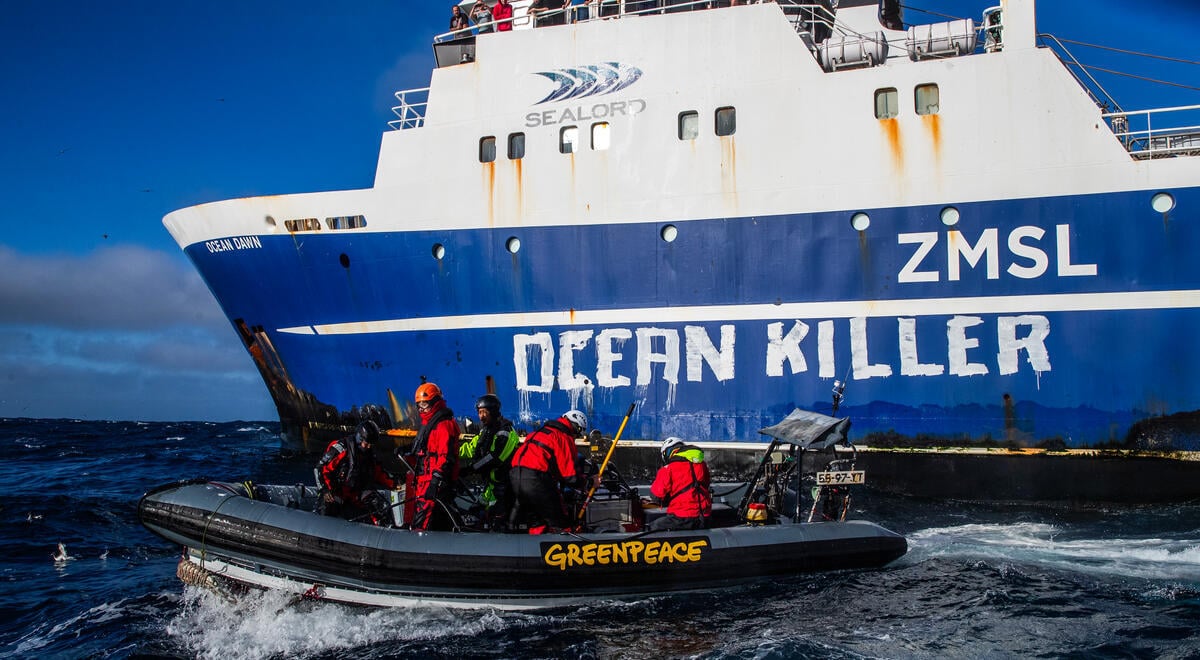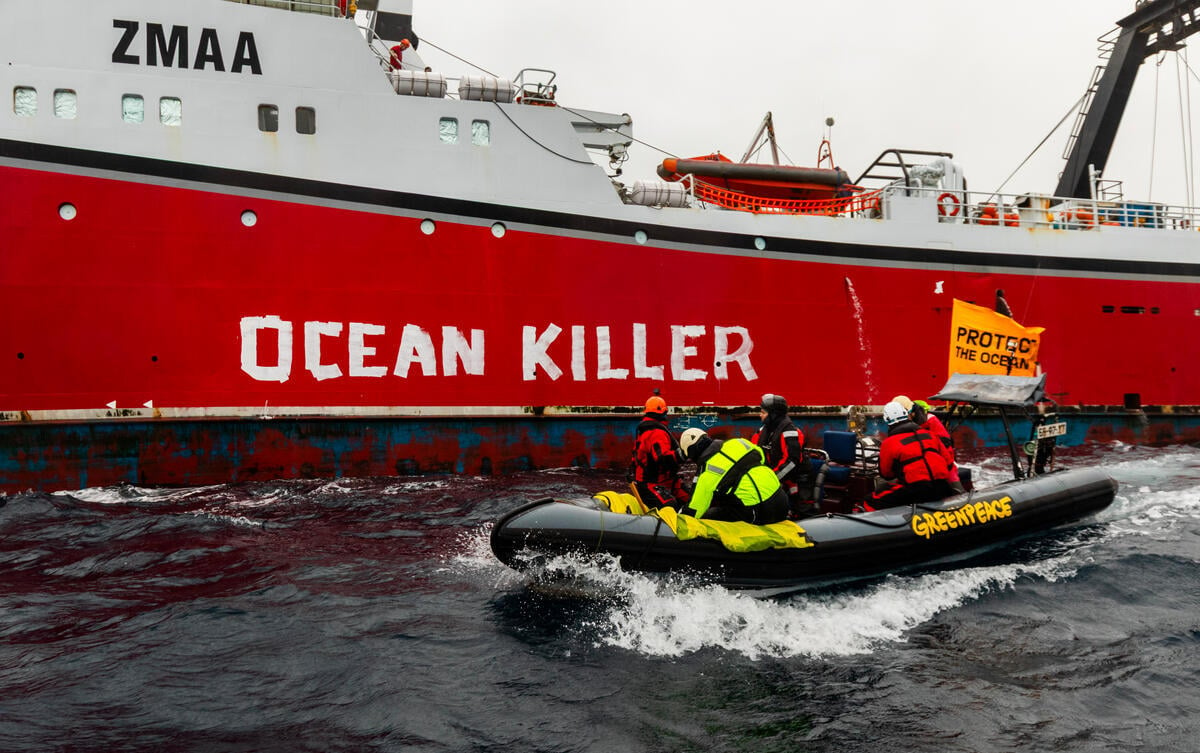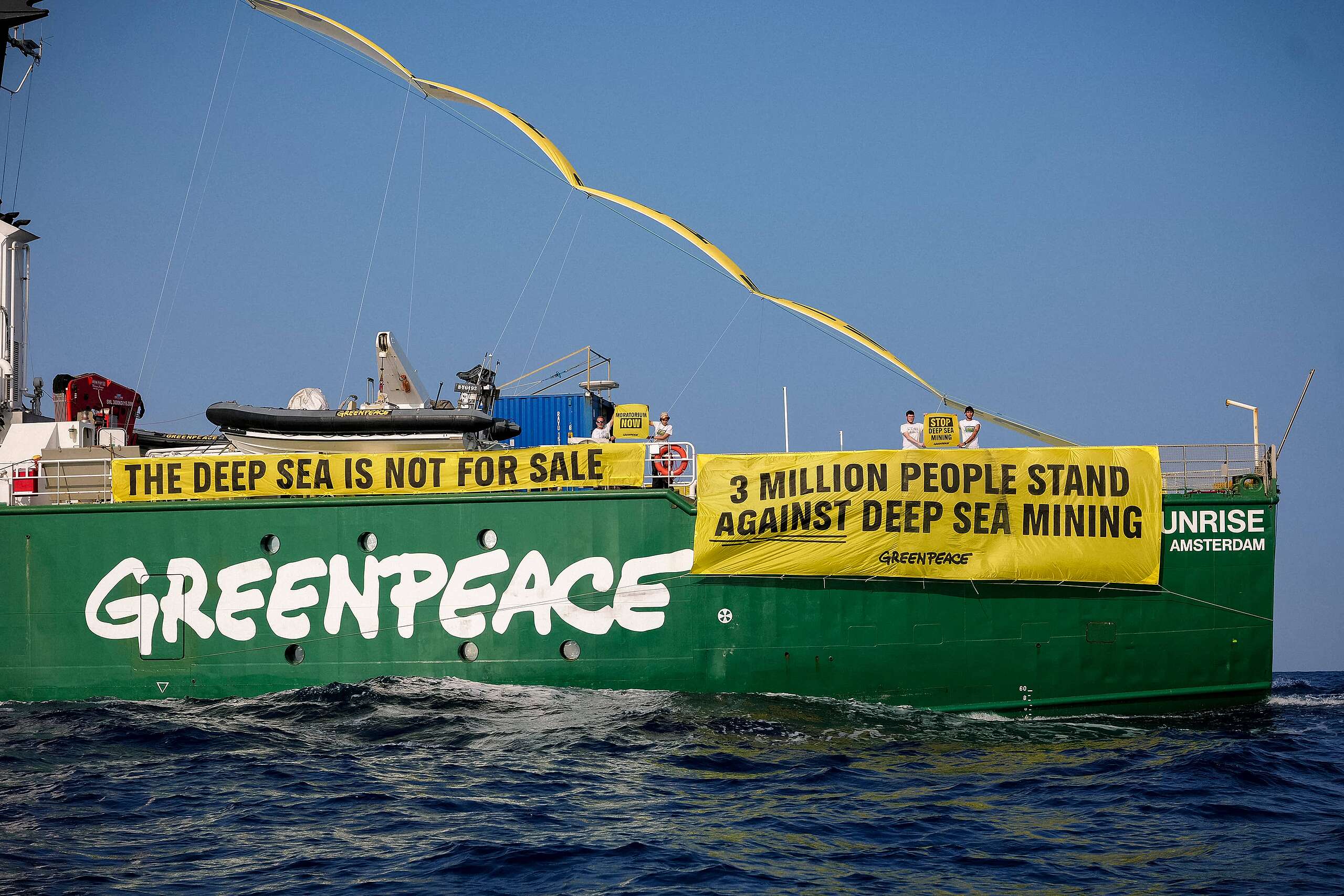Kia tau ngā manaakitanga a te mea ngaro
ki runga ki tēnā, ki tēnā o tātou
Kia mahea te hua mākihikihi
kia toi te kupu, toi te mana, toi te aroha, toi te Reo Māori
kia tūturu, ka whakamaua kia tīna! Tīna!
Hui e, Tāiki e!
Let the strength and life force of our ancestors
Be with each and every one of us
Freeing our path from obstruction
So that our words, spiritual power, love, and language are upheld;
Permanently fixed, established and understood!
Forward together!
Thousands of years of mātauranga Māori has been gifted down through iwi, hapū, and whānau – acting as a guiding compass to living in absolute harmony with te taiao (nature). The fabric of mātauranga is an innate understanding of balance which allowed pre-colonised Māori to thrive. It enabled Māori to live peacefully alongside te taiao and to act as kaitiaki (protectors) of the mauri (life essence) of surrounding moana and whenua.
After centuries of colonisation against global indigenous cultures, commercialisation of the ocean, weaponization of intensive dairying, skyrocketing carbon emissions and lacklustre political movement, the mauri of our environment is damaged, it’s tired, and it’s sick. It needs our help, and in some cases, it needs to be left alone so that it can rest.
He maha nga hapū (many sub tribes) around Aotearoa have established rāhui as a response to the desecration of whenua and moana. A rāhui, to Māori is the tikanga (customary practise) that prohibits access to an area, either on water, land or resources. A distressed or imbalanced environmental state allows rangatira (leaders) to consider impacts on future well-being of people and the natural environment, and exercise their right as kaitiaki to apply measures such as rāhui. This allows time for te taiao to regain balance.
A challenge for the government
Iwi and hapū are now calling for the New Zealand government to respect the practice of rāhui, invoking regulations to give its official support. Kaitiaki from Ngāti Hei, Ngāti Pāoa, and Ngāti Kāhu ki Whangaroa recently discussed the three current rāhui – at Whangaroa in the far north, Waiheke Island and Ngāti Hei’s rāhui on the Coromandel scallop fishery, which was just announced it would close for two years. The closure covers scallop fishing in an area extending along the east Coromandel coastline from Anarake Point to Ruahiwihiwi Point, where Ngati Hei exercises mana moana, and includes Opito Bay.
Two hundred people joined the online hui to discuss tikanga surrounding rāhui and the challenges that tangata whenua face in implementing restorative measures for the environment.
The Fisheries Act spousal provides for hapū and iwi to seek legislative support under s186a to back customary measures such as rāhui and mataitai legally. However, it is proving to be problematic for tangata whenua to use due to long delays in the Ministry responding.
In the event organised by Mauri o te Moana, Māori leaders – Joe Davis (Ngāti Hei), Nyze Manuel (Ngāti Kahu ki Whangaroa) and Herearoha Skipper (Ngāti Paoa) whose iwi have set down rāhui, have been waiting months for a response from the Minister of Oceans and Fisheries in their applications through s186a of the Fisheries Act to protect their rohe moana.
Joe Davis referred to scallop fishers disregarding the rāhui despite it having been set down by Ngāti Hei with resounding support of the local community in December of last year.
Mauri o te Moana started a petition to urge for a decision on these matters with the Ministry for Fisheries New Zealand. Greenpeace Aotearoa supports this kaupapa and intention and encourages the NZ government and industries to respect it as well.
The significance of rāhui in Aotearoa
The application of customary measures such as rāhui has been happening for thousands of years around the Pacific to ensure sustainable use of taonga species.
Historically when kaumātua identified an issue, they would have gone out and tukuna te karakia and kātia (appropriate karakia). The context today is more involved, and certainly when it comes to trying to enforce rāhui by local and central authorities. There is a lack of understanding from local and central governments around the practice and purpose of rāhui. This in turn translates to a lack of action in supporting and endorsing respective rāhui across the motu.
The rāhui prohibits access to an area (either on water or land) or resources, and there are three different types of rāhui: the drowning rāhui, the conservation rāhui and the political rāhui.
A drowning rāhui refers to death within the water and applies to the body of water where the person died. In a sense the water is contaminated by human death and is therefore tapu (restricted). Mātaitai (seafood) cannot be gathered from that area, nor can fishing be undertaken.
The rāhui is established through karakia and is enforced through acceptance by the community. Generally the rāhui will be for a set period, although with a large tragedy it can be extended indefinitely.
In 1846, Te Heuheu Tukino, ariki (high chief) of Ngāti Tuwharetoa, perished with his people in a landslide in Kakaramea, at Lake Taupō. The rāhui in that area lasted for five years.
The second type of rāhui is the conservation rāhui.This rāhui is applied to restore the mauri of the land or waterway.
The third type of rāhui is the political rāhui.This may include an aukati (no trespass) or a political action. Back in 1979 the idea of a political rāhui was brought to national attention when the All Blacks were due to tour to South Africa. Due to the ongoing apartheid in that country, and the racial tensions of the time, Professor Hirini Mead of Victoria University suggested applying a rāhui to Māori rugby players joining in the tour.
A recent example of an aukati was the one placed by Rihari Nahi of Ngāti Whātua Ki Kaipara on the Canal Road site where access was prohibited to anyone who wasn’t there to enhance the wellbeing of the ngahere (forest). Community group Mana Rākau was then formed to protect the group of native trees from being cut down to make way for a housing development on Canal Road in Avondale last year. Some of the trees of the ngahere were later poisoned, and destroyed by felling.
Rāhui in Aotearoa’s most recent history has seen Ngāti Hei request a two-year ban on scallops culminating in a 2 year closure of the scallop fishing area along the Coromandel coastlines. Ngāti Paoa on Waiheke island placed a two-year rāhui on the island in a proactive bid to stop four species of kaimoana from collapsing.
Above the moana, mana whenua also established a rāhui on Motutapu Island in the Hauraki Gulf / Tīkapa Moana established to track pests. Ngāti Awa placed a rāhui on Te Puia o Whakaari island after the deadly eruption in 2019 which encompassed the Whakatāne, Ōhope and Ōhiwa coastlines, and Rurima and Moutohora islands.
Many of us may have heard the term rāhui before, either on the news or when enjoying the outdoors. Some may feel a little unsure about what it means for them. They may not know where to start to deepen this understanding. The goal is longevity, health and sustainability. It works best when people and communities understand and accept their role in the preservation of our natural ecosystems.
Rāhui is ultimately about respect. Respect for the mana of threatened or depleted species and mourning whānau. Respect to the atua who have given their creations for our livelihoods. And in that process we whakaiti, or humble, ourselves and make time and space for healing, guided by the mātauranga of our ancestors and under the korowai of our kaumātua.
There are a number of reasons to place a rāhui; to help restore the mauri of the environment or to acknowledge the fact that people have lost their lives. The application of rāhui in every instance is very much a sign of respect to the wellbeing of humanity.



